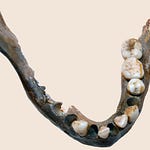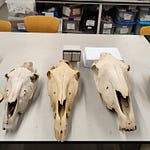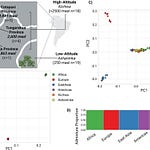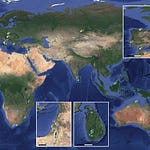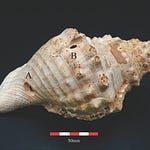n a world where ancient warfare, monumental architecture, and elite burials dominate the archaeological record, the quiet clatter of an infant’s toy rarely gets a voice. But in the ancient Syrian city of Hama, a set of ceramic fragments—overlooked for nearly a century—has finally spoken. And what they tell us is not about kings or conquests, but about babies.
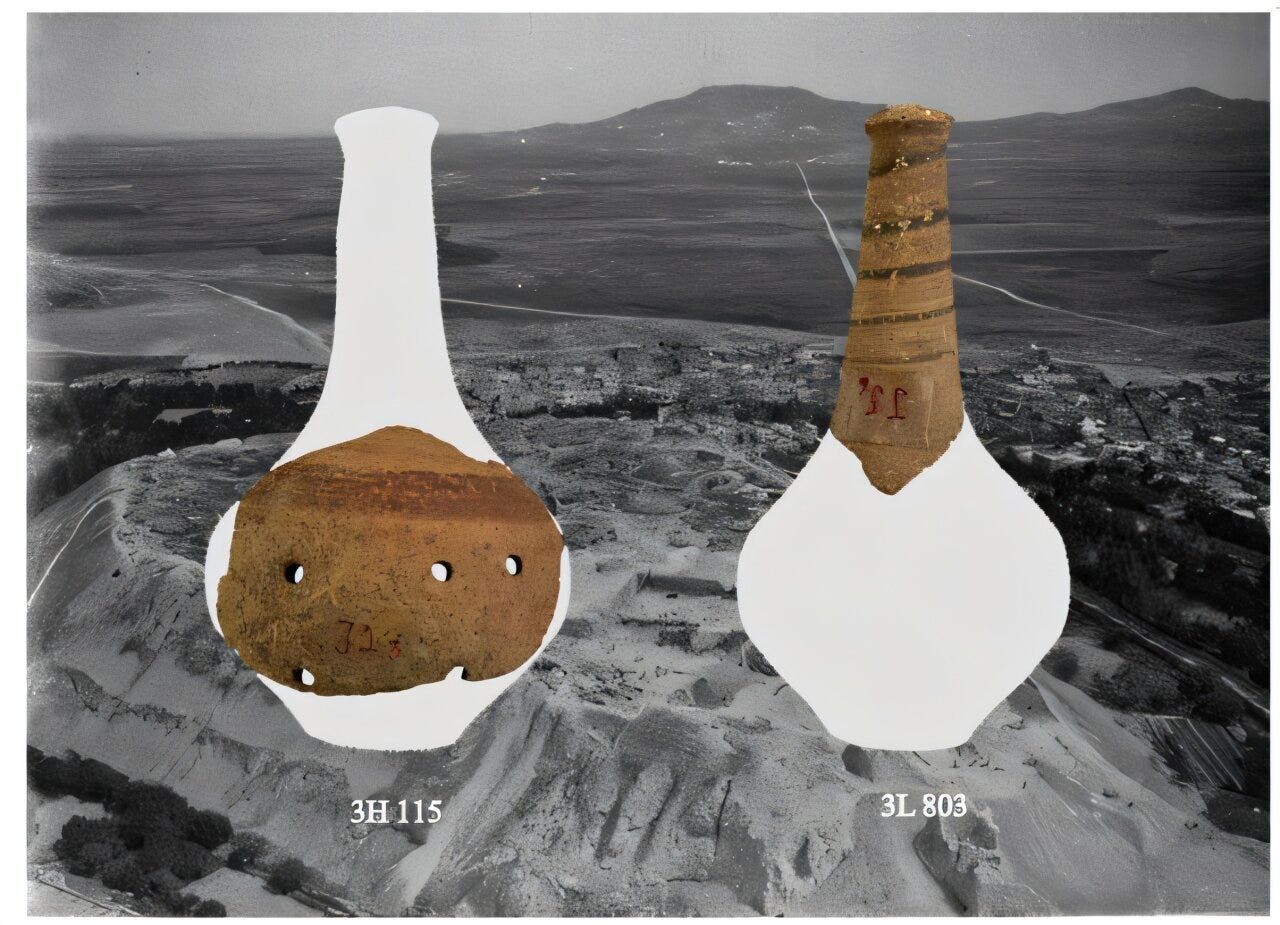
A new study1, led by Georges Mouamar and his colleagues and published in Childhood in the Past, reexamines 19 ceramic fragments originally unearthed in the 1930s by Danish archaeologist Harald Ingholt. For decades, these artifacts sat silently among thousands of pottery sherds until Mouamar recognized them for what they were: the handles of ancient clay rattles.
These were not ritual bells or musical implements of temple life, but everyday objects most likely used to soothe or entertain infants. This discovery shifts the lens of archaeology toward the domestic and the developmental—toward the smallest members of a Bronze Age society.
Listen to this episode with a 7-day free trial
Subscribe to Anthropology.net to listen to this post and get 7 days of free access to the full post archives.


